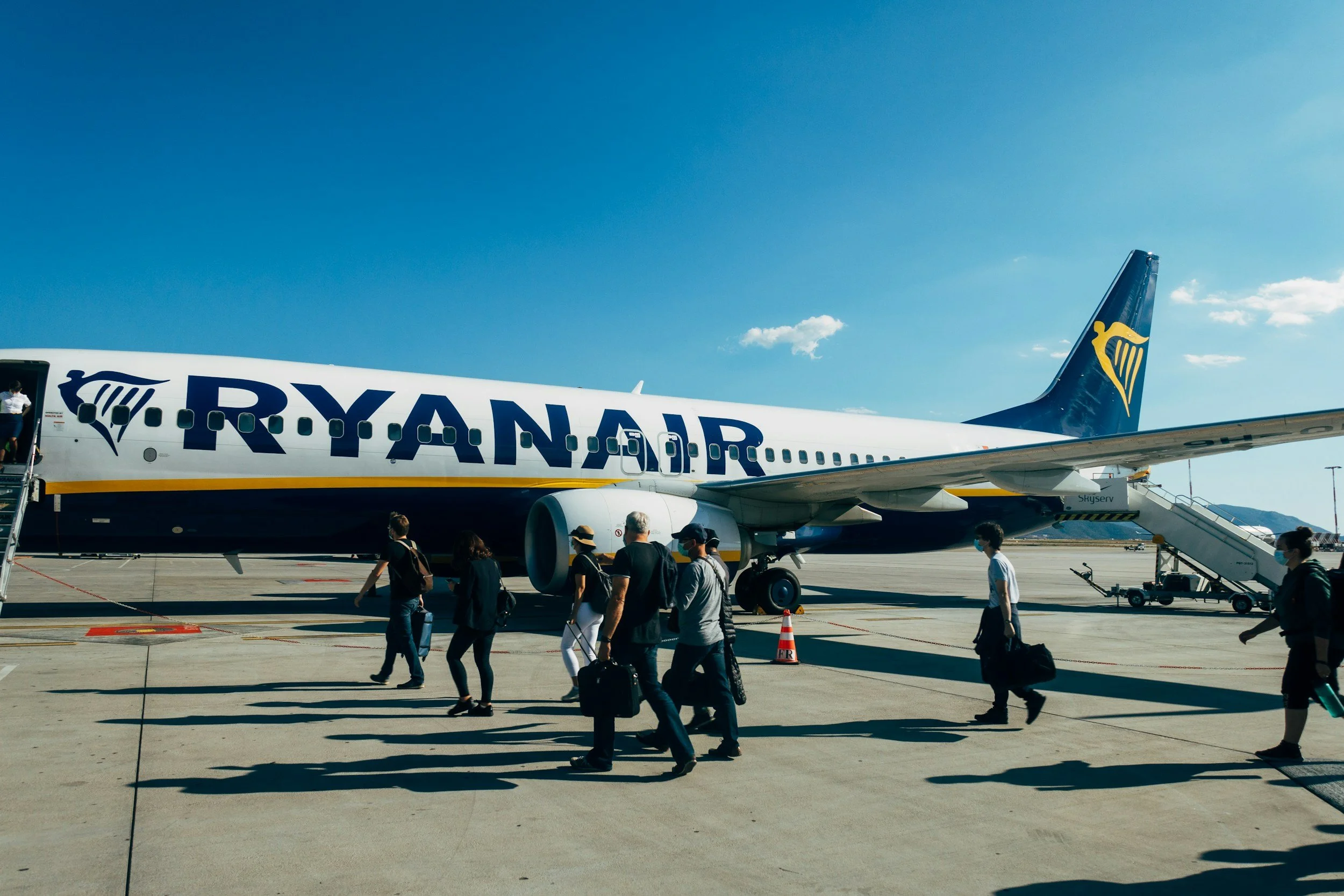8 Essential Things You Absolutely Cannot Bring on an Airplane
Traveling by air involves a myriad of security protocols designed to ensure the safety of passengers and crew. One of the most critical aspects of these protocols is the restriction on certain items that can be carried onboard. Whether you're a seasoned traveler or a first-time flyer, it's crucial to be aware of these restrictions to avoid any hassles at the airport. Here are eight things you definitely cannot bring on a plane.
Understanding and adhering to these restrictions not only ensures a smoother travel experience but also contributes to the overall safety of everyone on the flight. Before packing for your next trip, it’s always a good idea to review the Transportation Security Administration (TSA) guidelines and your airline’s specific policies. This way, you can avoid confiscation of items and potential delays, ensuring a stress-free journey. Safe travels!
1. Hoverboards (Oh, c’mon!)
Due to the potential fire hazard posed by lithium-ion batteries, many airlines have banned self-balancing boards, commonly known as hoverboards, from both carry-on and checked baggage. The risk of the batteries overheating and catching fire is deemed too high, thus prohibiting their transport by air.
2. Explosives + Flammable Materials Like Fireworks
This might seem obvious, but it's worth emphasizing. Explosives, fireworks, and flammable materials are strictly prohibited on planes. This includes items like firecrackers, dynamite, gunpowder, and even certain types of lighters. These items pose a significant risk and are banned to prevent any potential for onboard fires or explosions.
3. Weapons + Ammunition Like Pepper Spray
Weapons of any kind, including firearms, knives, and self-defense items like pepper spray, are not allowed in carry-on luggage. Ammunition is also strictly prohibited. While some firearms and ammunition can be transported in checked baggage under specific regulations and with prior approval, they must be declared and packed appropriately to ensure safety.
4. Liquids Over 3.4 Ounces Like Your Water Bottle
The 3-1-1 rule for liquids in carry-on bags is a well-known regulation. Passengers are allowed to bring liquids, gels, and aerosols in containers of 3.4 ounces (100 milliliters) or less, all of which must fit into a single quart-sized bag. Larger quantities must be packed in checked luggage. This rule is in place to mitigate the risk of liquid explosives.
5. Certain Sporting Goods Like Golf Clubs
Sporting goods that can be used as weapons, such as baseball bats, hockey sticks, and golf clubs, are not allowed in the cabin. These items must be checked in as they could potentially be used to harm others onboard. Smaller, less threatening items like tennis rackets are usually permitted, but always verify with your airline beforehand.
SPONSORED CONTENT: Secrets of the rich that will make you wealthy overnight
6. Sharp Objects Like Corkscrews
Sharp objects such as scissors, box cutters, and large knives are not permitted in carry-on bags. Even seemingly harmless items like knitting needles and corkscrews can be confiscated if deemed a potential threat. However, small scissors with blades shorter than 4 inches are typically allowed, so it's always best to check the specific airline's guidelines.
7. Chemical + Toxic Substances Like Bleach
Chemicals and toxic substances, including bleach, drain cleaners, and other hazardous materials, are banned from air travel. These substances pose severe health risks and could cause significant harm if released during a flight. This restriction helps maintain a safe environment for everyone on board.
8. Compressed Gases Like Aerosol Cans
Compressed gases, including camping stove cylinders and certain types of aerosol cans, are not permitted in either carry-on or checked luggage. These items can explode under high pressure and temperature changes, making them a significant safety hazard on a plane.
Understanding and adhering to these restrictions not only ensures a smoother travel experience but also contributes to the overall safety of everyone on the flight. Before packing for your next trip, it’s always a good idea to review the Transportation Security Administration (TSA) guidelines and your airline’s specific policies. This way, you can avoid confiscation of items and potential delays, ensuring a stress-free journey. Safe travels!

